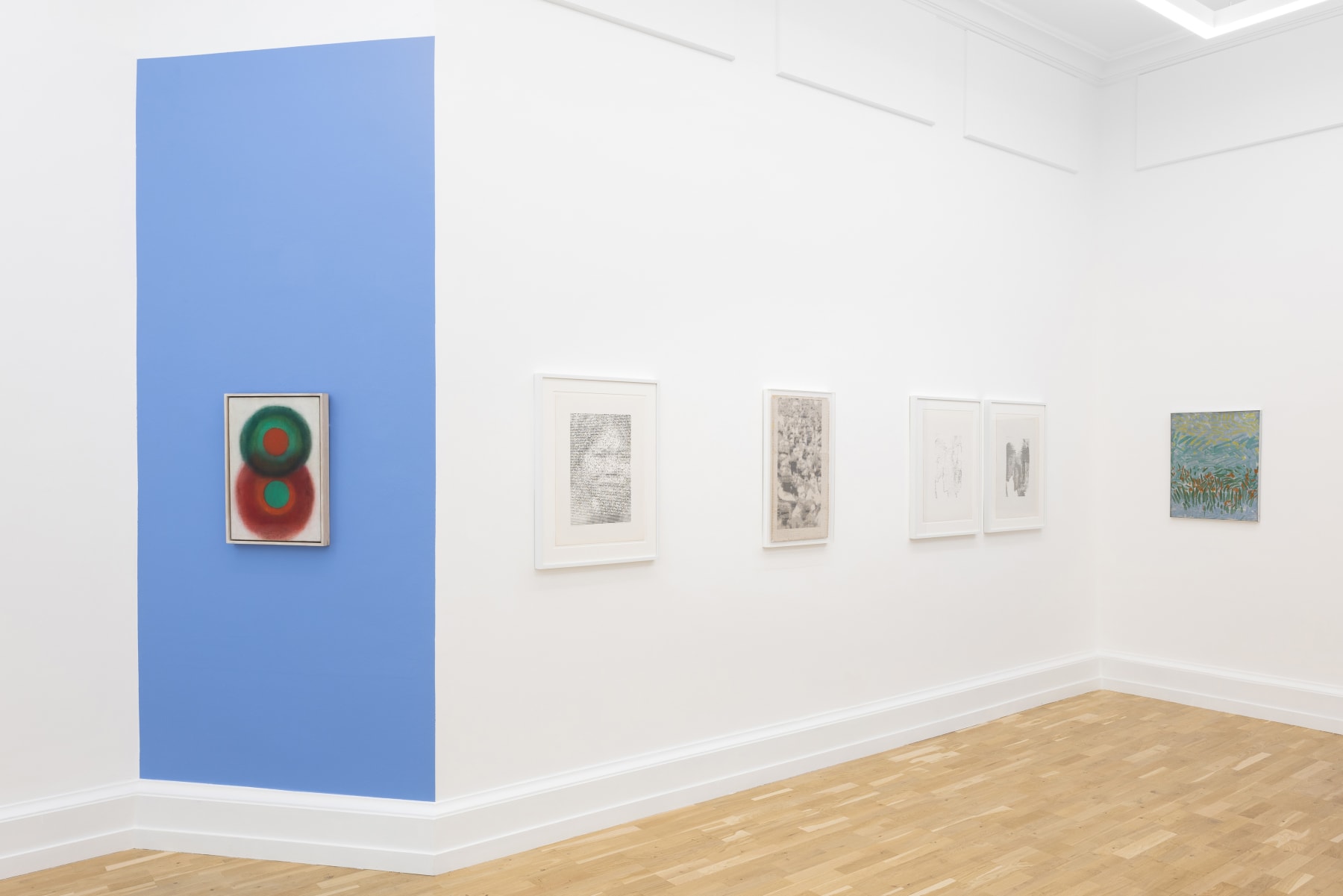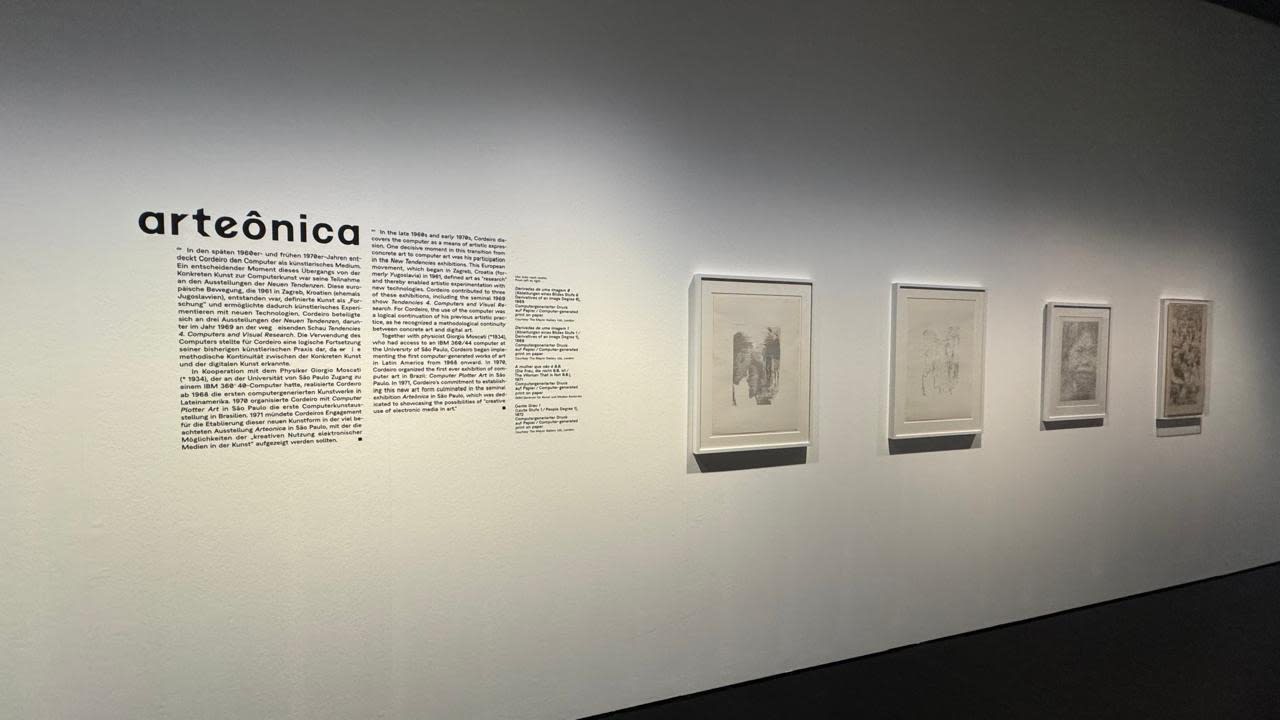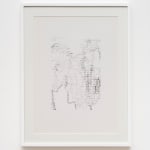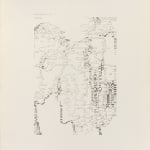-
Artworks
Open a larger version of the following image in a popup:
Waldemar Cordeiro: A Singular Constellation, The Mayor Gallery, London, UK, 2024
Open a larger version of the following image in a popup:
Constellations, ZKM Center for Art and Media Karlsruhe, Germany, 2025
Waldemar Cordeiro
“Derivadas de uma imagem: Transformação em Grau 1”, 1969impressão offset
offset print61 x 44,5 cm
24.01 x 17.51 inFurther images
Waldemar Cordeiro was a key figure in the development of concrete art, a vanguard movement essential for the transition of modern art to contemporary art, which came to define 20th-century Brazilian art. Besides being a pioneer in computer art as early as the 1960s, Waldemar Cordeiro developed and implemented important landscaping designs in Brazil. In his interdisciplinary research he defended painting in its essence, with self-supporting basic colors and lines, without the backing of figurative representation. He was notable for his objective and rational art, very much associated with his theoretical studies, as well as for his investigation of industrial materials and elements. Cordeiro worked for an art accessible to all, seeking a collective sense that was also aligned with technology, to design and to landscaping. His research in art was always coupled with a social and political concern.Waldemar Cordeiro stands as one of the key figures in Brazilian art history, having played a principal role in the transition from modern to contemporary art. He was a forerunner in the Brazilian and worldwide context of various art movements including concretismo and computer art, while also working as a landscape architect. His artistic trajectory was distinguished by its interdisciplinary nature and resonance with various art movements and trends: figurativism, concrete art, intuitive geometry, popcreto, and computer art.Waldemar Cordeiro began his research in computer art In 1968. Aided by a program developed by Giorgio Moscati at the USP Physics Department, the artist created a methodology where a scale from 0 to 7 indicated a chromatic gradation between very light (0) and dark (7), through symbols and letters. Cordeiro used this program in the work A Mulher que Não É B.B. to transform the image of a Vietnamese girl, a war victim published in Time magazine, to make an allusion to French actress Brigitte Bardot, whose recent visit to Brazil had caused a sensation. Before this work, Cordeiro had experimented with other images, as he did in Derivadas de uma imagem: Transformação em Grau 1, transforming the image of a young romantic couple.Waldemar Cordeiro foi um dos principais agentes da história da arte brasileira, figura chave para a transição da arte moderna para a contemporânea, sendo precursor de movimentos artísticos, como o Concretismo e a Computer Art no Brasil e no exterior, além de paisagista. Sua trajetória artística foi marcada pela interdisciplinaridade e ressonância com seus respectivos contextos: Figurativismo, Arte Concreta, Geometria Intuitiva, Popcreto e Arte de Computador.Em 1968, Waldemar Cordeiro inicia sua pesquisa de arte com computador. Com a ajuda de um programa desenvolvido por Giorgio Moscati, do Departamento de Física da USP, o artista criou uma metodologia onde uma escala de 0 a 7 indicava uma gradação cromática entre o muito claro (0) e o escuro (7), por meio de símbolos e letras. Através desse programa, para “A Mulher que não é B.B”, Waldemar Cordeiro transferiu a imagem de uma garota vietnamita, vítima da guerra, publicada pela Time Magazine, e fez uma alusão à atriz francesa Brigitte Bardot, que na época havia causado furor no Brasil com sua visita. Antes dessa obra, Waldemar Cordeiro experimentava com outras imagens, como em “Derivadas de uma imagem: Transformação em Grau 1", onde ele transformou a imagem de um jovem casal romântico.Provenance
Waldemar Cordeiro EstateExhibitions
São Paulo, Brazil, Fundação Armando Álvares Penteado, Arteônica, 1971
São Paulo, Brazil, Museu de Arte Contemporânea da Universidade de São Paulo MACUSP, Waldemar Cordeiro: Uma aventura da razão, 1986
Recife, Brazil, Sibgrapi - VI Symposium on Computer Graphics and Image Processing, Arteônica, 1993
São Paulo, Brazil, Centro Universitário Maria Antônia, Grupo Ruptura: revisitando a exposição inaugural, 2002
São Paulo, Brazil, Instituto Cervantes, Visualidades / Técnicas, 2005
São Paulo, Brazil, Instituto Tomie Ohtake, Anos 70: Arte Como Questão, 2009
Rio de Janeiro, Brazil, Paço Imperial, Waldemar Cordeiro – Fantasia Exata, travelling to São Paulo, Brazil, Itaú Cultural, 2014
London, The Mayor Gallery, Writing New Codes; Cordeiro/Mallary/Molnar, Jun 5 - Jul 26, 2018, ill in cat. p. 16
Stanford, USA, Cantor Arts Center, The Matter of Photography in the Americas, 2018
London, The Mayor Gallery, Waldemar Cordeiro: A Singular Constellation, 30 May - 26 July 2024, ill. in cat. p. 44
Long Beach, USA, Museum of Latin American Art - MOLAA, Arteônica: Art, Science and Technology in Latin America Today, 2024Literature
Franke, H. W., Computergraphik Computerkunst, Bruckmann München, 1971
Benthall, Jonathan, Science and Technology in Art Today, Praeger, 1972
Costa, Helouise, Waldemar Cordeiro e a fotografia, Cosac & Naify, 2002
Medeiros, Givaldo, Artepaisagema partir de Waldemar Cordeiro, FAUSSP, 2004
Waldemar Cordeiro –Fantasia Exata, Exhibition catalogue, Itaú Cultural, São Paulo, Brazil, 2014
The Matter of Photography in the Americas, Stanford University Press, California, USA, 20182of 2







